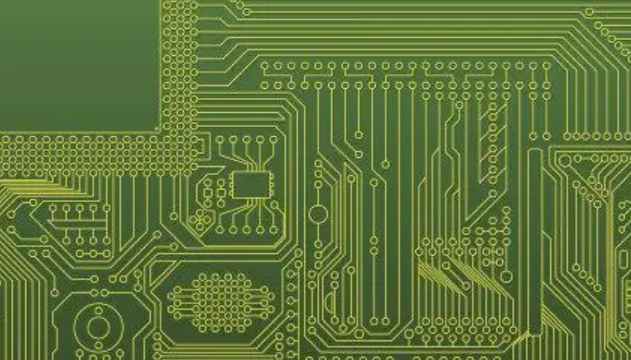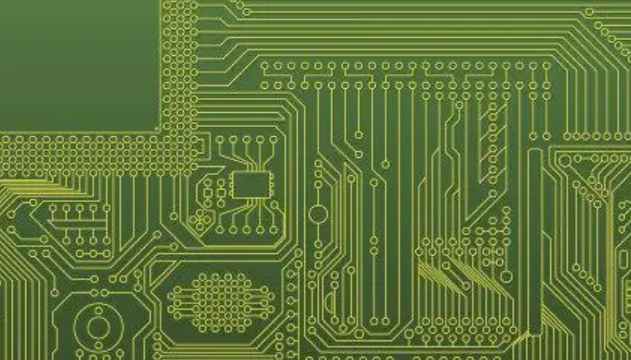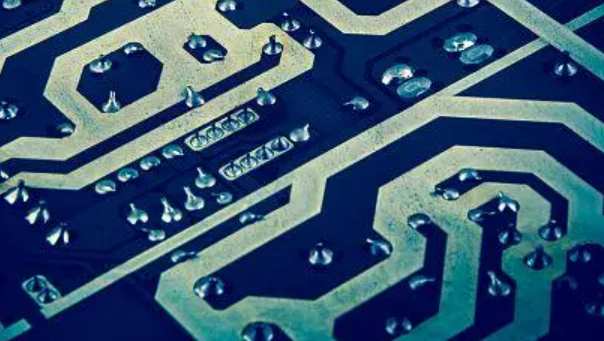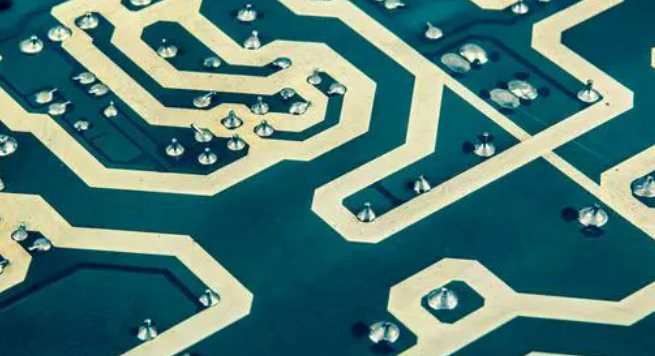
First, device layout
In the process of PCB design, from the perspective of EMC, three main factors should be considered first: the number of input/output pins, device density and power consumption. A practical rule is that the chip element occupies 20% of the substrate area and dissipates no more than 2W per square inch.
In terms of device layout, in principle, devices related to each other should be placed as close as possible, digital circuit, analog circuit and power circuit are placed separately, and high-frequency circuit and low-frequency circuit are separated. Devices, small current circuits and large current circuits that are easy to generate noise should be kept away from logic circuits as far as possible. Major interference and radiation sources such as clock circuit and high frequency circuit should be arranged separately, away from sensitive circuits. The I/O chip should be located near the I/O outlet of the hybrid package.
High-frequency components should be wired as short as possible to reduce distribution parameters and mutual electromagnetic interference. Components susceptible to interference should not be too close to each other, and input and output should be as far away as possible. The shaker is as close to the clock chip as possible and away from the signal interface and low level signal chip. The components should be parallel or vertical to one side of the substrate, so as far as possible to arrange the components in parallel, which will not only reduce the distribution parameters between the components, but also conform to the manufacturing process of hybrid circuit, easy production.
Power and grounded lead-out pads on a hybrid circuit substrate should be arranged symmetrically, preferably evenly distributing many power and grounded I/O connections. The mounting area of the bare chip is connected to the most negative potential plane.
When a multilayer hybrid circuit is selected, the interlayer arrangement of the circuit board changes with the specific circuit, but generally has the following characteristics.
(1) The power supply and strata are distributed in the inner layer, which can be regarded as a shielding layer, which can well suppress the inherent common-mode RF interference on the circuit board and reduce the distributed impedance of the high-frequency power supply.
(2) The power plane and ground plane in the board are close to each other as far as possible. Generally, the ground plane is above the power plane, so that the interlayer capacitor can be used as the smooth capacitor of the power supply. At the same time, the ground plane plays a shielding role for the radiation current distributed on the power plane.
(3) The wiring layer should be arranged as far as possible and the power supply or ground plane adjacent to produce flux cancellation effect.

2. PCB wiring
In circuit design, only focus on improving the wiring density, or the pursuit of uniform layout, ignoring the influence of line layout on preventing interference, so that a large number of signals radiate into the space to form interference, may lead to more electromagnetic compatibility problems. Therefore, good wiring is the key to the success of the design.
1. Layout of ground wire
The ground wire is not only the potential reference point of the circuit, but also the low impedance loop of the signal. The common interference on ground wire is ground loop interference caused by ground loop current. Solving this kind of interference problem is equivalent to solving most electromagnetic compatibility problems. The noise on the ground wire mainly affects the ground level of the digital circuit, and the digital circuit output low level, the noise of the ground wire is more sensitive. The interference on the ground wire may not only cause the misoperation of the circuit, but also cause conduction and radiation emission. Therefore, the focus of reducing these disturbances is to reduce the impedance of the ground wire as much as possible (for digital circuits, reducing the inductance of the ground wire is particularly important).
The layout of ground wire should pay attention to the following points:
(1) According to different power supply voltage, digital circuit and analog circuit respectively set ground wire.
(2) The public ground wire should be as thick as possible. When using the multilayer thick film process, the ground plane can be specially set, which helps to reduce the loop area, but also reduces the efficiency of the receiving antenna. And can be used as a shield of signal line.
(3) Comb ground wire should be avoided. This structure makes signal backflow loop very large, which will increase radiation and sensitivity, and the common impedance between chips may also cause circuit misoperation.
(4) When multiple chips are installed on the board, there will be a large potential difference on the ground wire. The ground wire should be designed as a closed loop to improve the noise tolerance of the circuit.
(5) With both analog and digital functions of the circuit board, analog and digital are usually separated, only connected at the power source.









